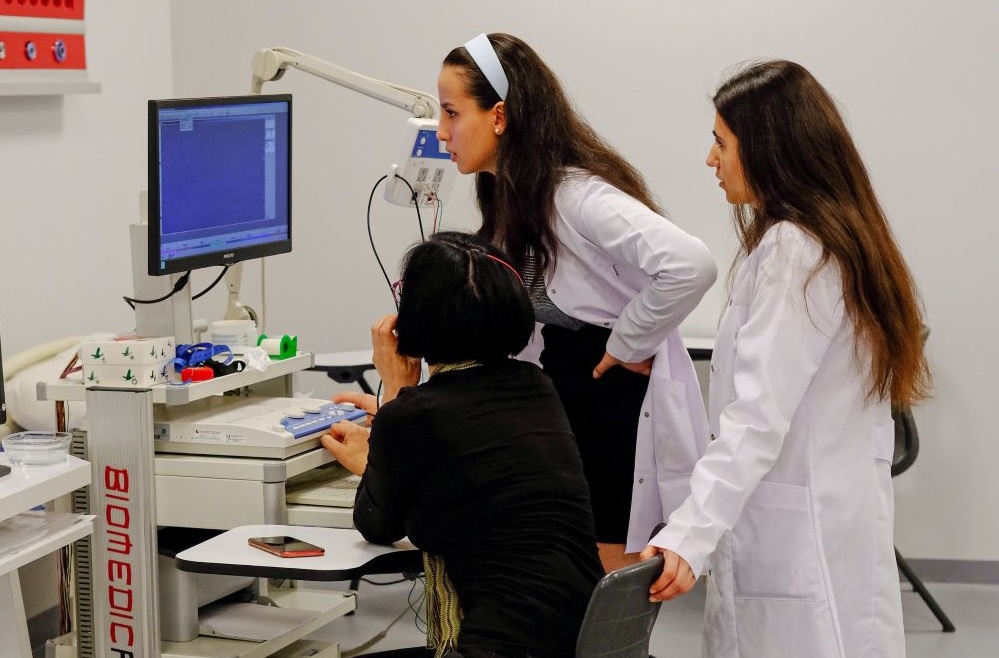Researchers hope tDSC can help mitigate the risks of pain medication.
It is frustrating to have chronic pain unresponsive to medication. And it is far worse when this is deemed psychological, dismissing the real pain felt by the individual experiencing it. With the current model of pain management, patients tend to go up the ladder of different pain meds all providing some relief but not enough to sufficiently cope. A new approach, transcranial direct current stimulation (tDCS) treatment, seeks to use electrical stimulation of areas of the brain to treat chronic pain or substance use disorder (SUD). The therapy aims at disrupting a continual loop which the brain gets stuck in during a period of chronic pain.
“We know that the brain can get stuck in a pattern that can exacerbate pain signals. We hope that tDCS treatment will help break that loop when it comes to chronic pain and the impulse to use drugs.” explained Dr. Vanderah, director of the Comprehensive Pain and Addiction Center – Tucson, Arizona.
The research conducted at the University of Arizona’s College of Medicine targets a particular brain area, the prefrontal cortex, the part of the brain involved with decision-making, problem-solving, and controlling impulses. This method has been found to be effective in neurodegenerative diseases such as Alzheimers and Parkinson’s, and the team believes the benefits can be expanded to address pain and addiction.

The technology for this therapy is facilitated by a technology company ni2o, which is partnering with the researchers by creating a wearable device that stimulates the brain with tDCS treatment automatically. The electrical current used is delivered at a very low level capable of stimulating the prefrontal cortex.
An Assistant Professor in the Department of Family & Community Medicine, Allison Huff, explains that the electrical current in and of itself does not change the brain’s chemistry. Instead, they are creating a situation where the brain is encouraged to change on its own.
When a person experiences chronic pain, they keep thinking about it, which can make it worse. Similarly, people with substance use disorders often have a continual thought and impulse to seek out a substance. The tDCS therapy aims to break this pattern of thought by creating a distraction and opening new pathways in the brain.
The wearable device developed by ni2o tracks the rhythms of a patient’s brain before and after the tDCS treatment to identify patterns. Vanderah noted that the device could allow the researchers to identify patterns that fit not only individuals but all patients and combine that data with artificial intelligence (AI) to create personalized treatment plans for each patient.
This therapy also removes the potential risk of addiction or side effects associated with traditional pain medication. Often providers prescribe medications to treat these issues that are also addicting, and the body builds a tolerance against them over time. Medication can also carry numerous side effects that disrupt quality of life. The tDCS treatment offers an alternative that is safe, non-invasive, and effective without these barriers.
Huff and her team are hopeful that the tDCS treatment will provide a new, safe, and effective method of treating chronic pain and addiction, conditions that often fail to respond to traditional medication. If the treatment is effective, it could revolutionize pain and addiction medicine.
Sources:
Brain stimulation could treat addiction or chronic pain, say UArizona researchers
Stimulating the brain to treat pain and substance use disorder


Join the conversation!